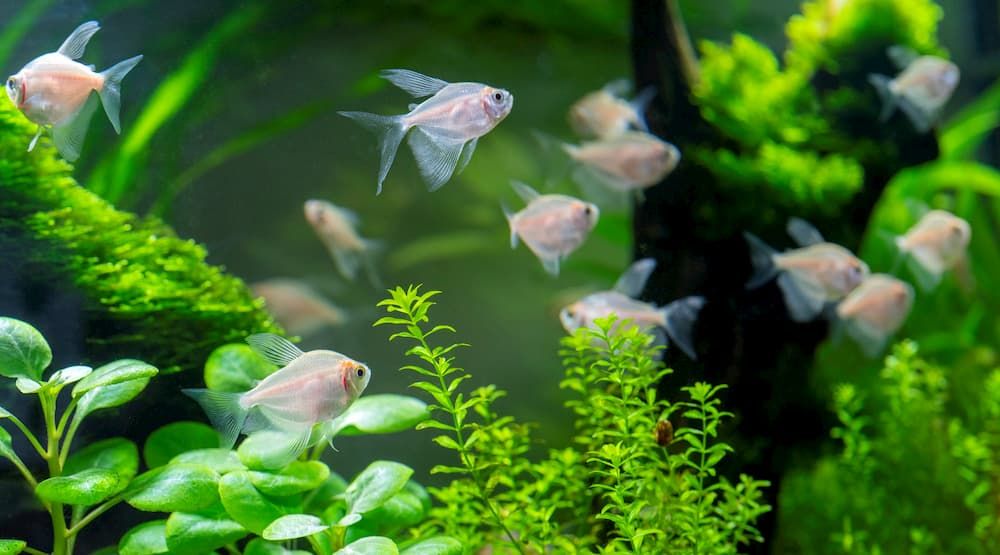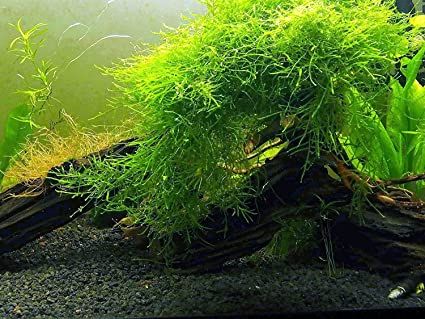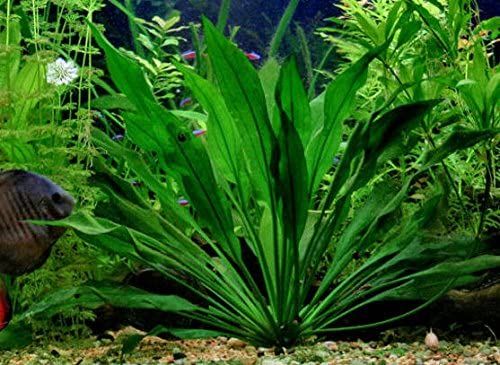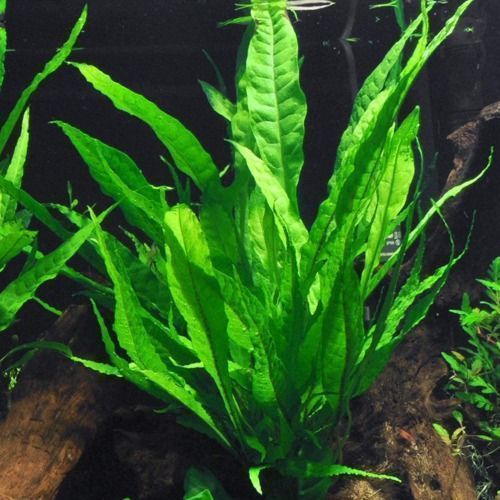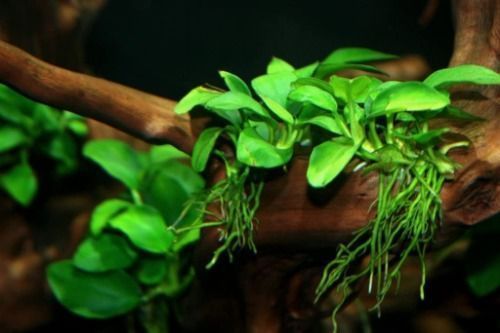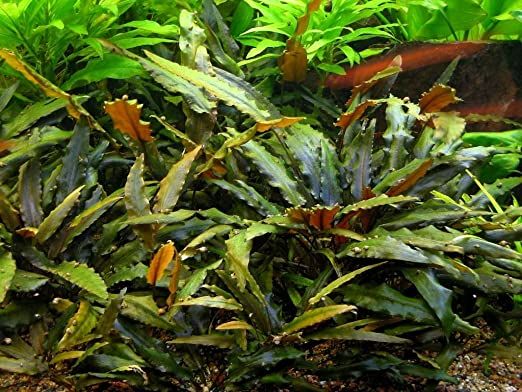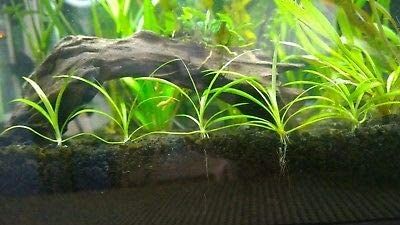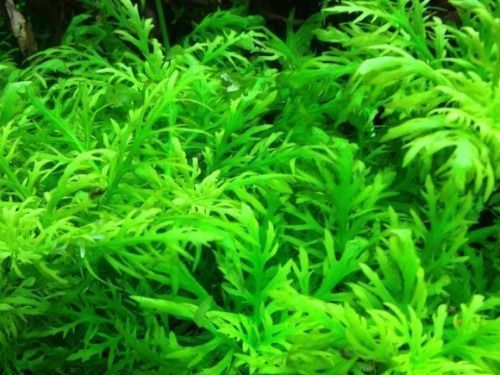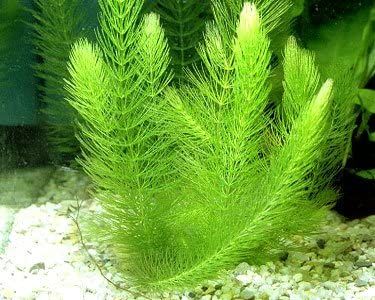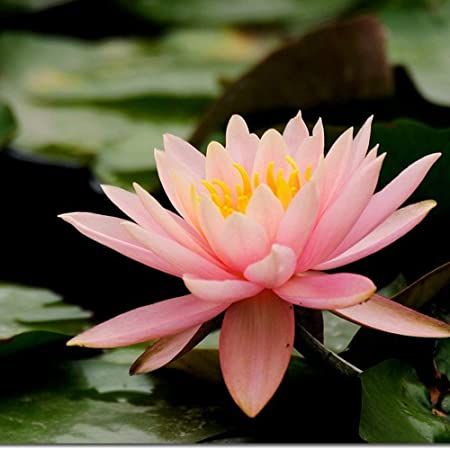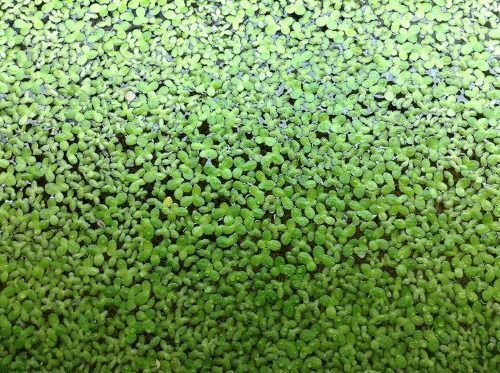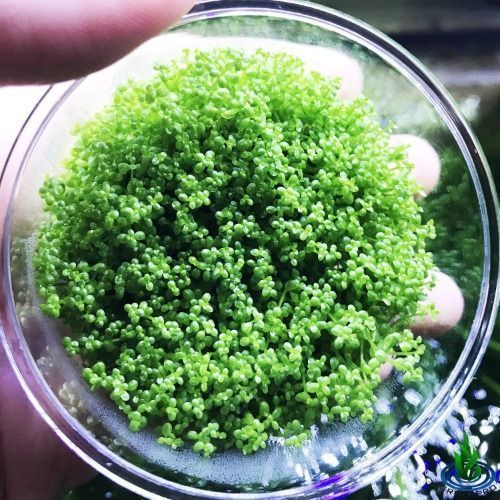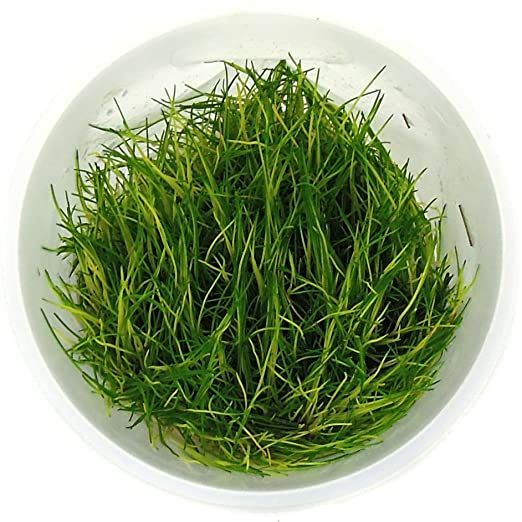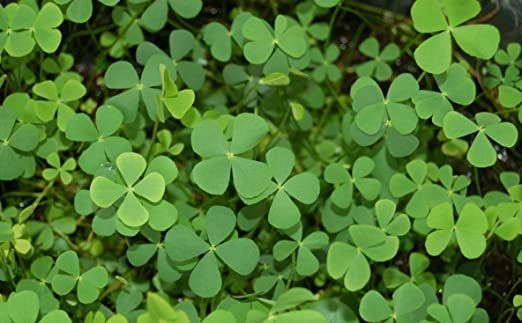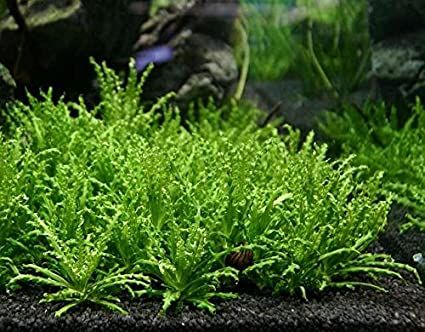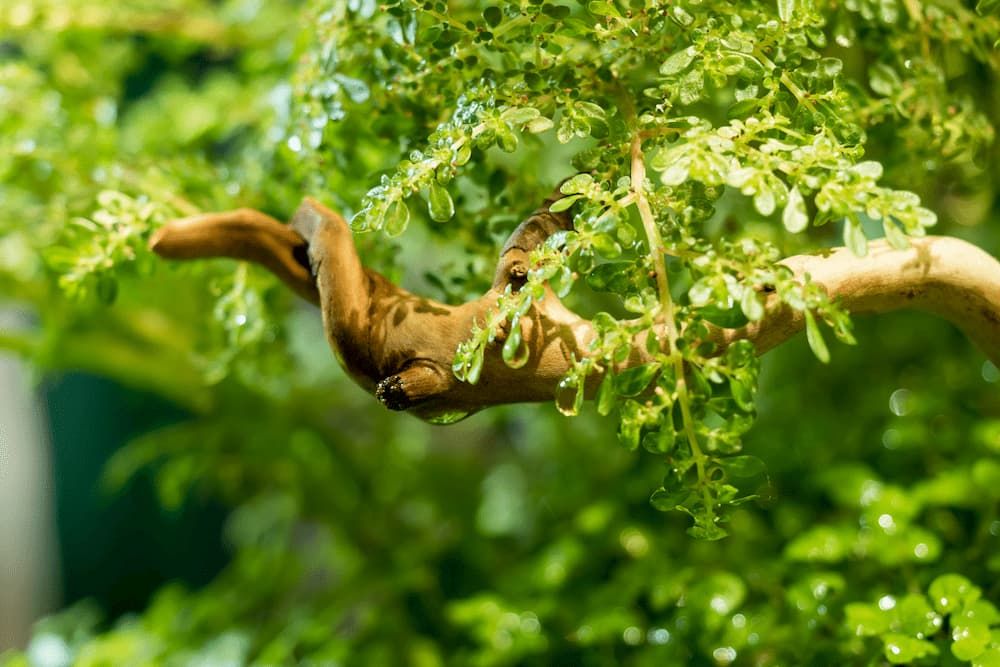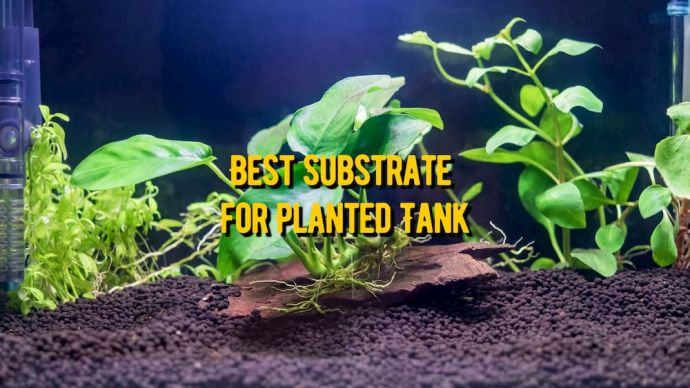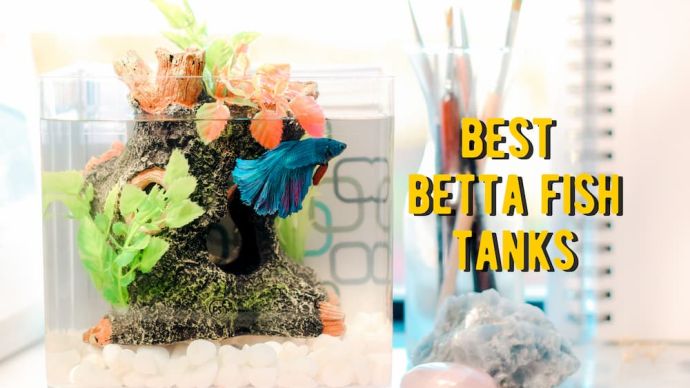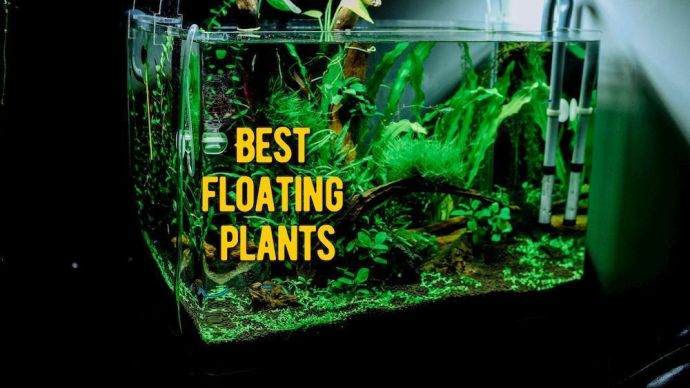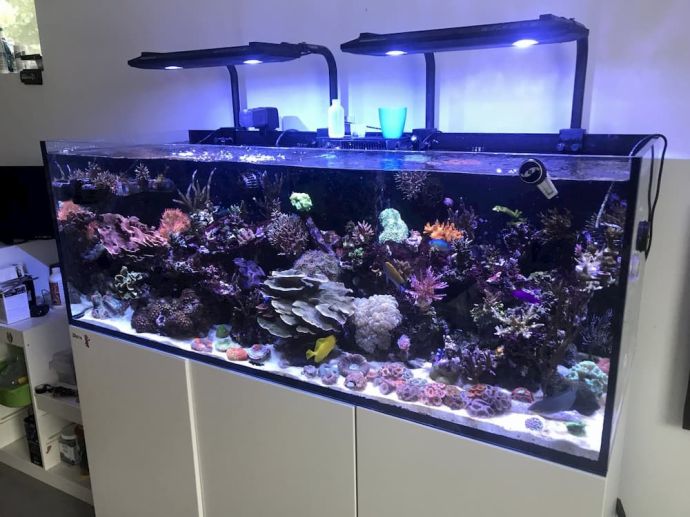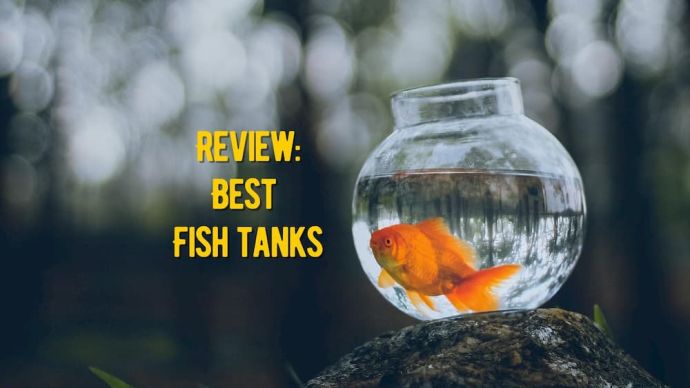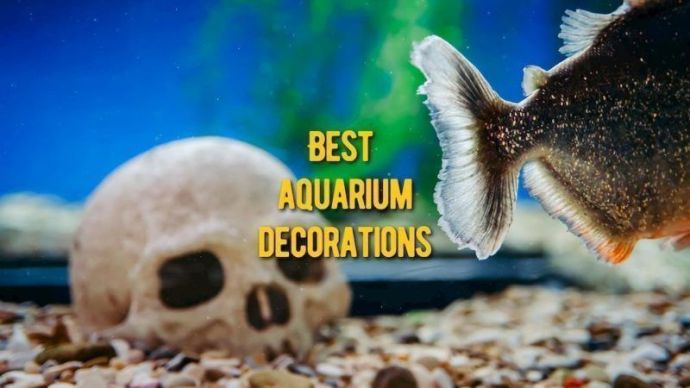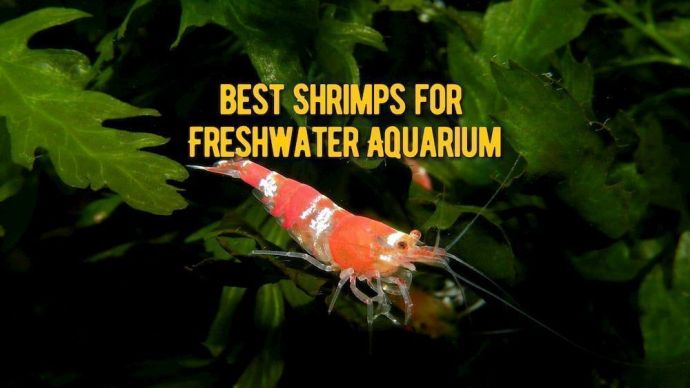The 15 Best Freshwater Aquarium Plants
Written by:
Author: Vicki Smirnova
Vicki Smirnova is a professional writer and editor who adores animals and helps readers get along well with their pets. She has been working in digital media for more than 5 years and has great experience writing content about lifestyle, including pets. Vicki specializes in dog health and nutrition, cat feeding, dog training. She is an aquarium lover and is passionate to write about fish care at home. Also, Vicki headed several websites and worked as a news editor.
View all 245 articlesLearn about our editorial process and veterinary review board.
Viewed: 564
Updated on: 04/14/2021
While aquariums are primarily about the fish that you keep within, there is plenty more to the ecosystem within your tank. Plants are an essential part of the aquarium habitat, as they provide a source of food and nutrients to the fish. Therefore, it is essential to choose the perfect plants for your tank and fish. To do this, you need to know how to care for the greenery in question. Luckily for you, we have made a handy guide to talk you through it step-by-step and provide a comprehensive list of the best freshwater aquarium plants on the market. All the information you need about quality, maintenance, and the freshwater plant spectrum can be found in our reviews.
TOP Live Plants for Freshwater Aquarium Reviews
1. Java Moss
Key benefits:
- One of the most popular choices.
- Grows well in any lighting.
- Grows extremely fast.
- Tolerates anything between 72 and 90 degrees Fahrenheit.
- Difficult to kill.
These plants are among the most popular for freshwater aquariums due to their aesthetic. They can be planted as their own feature or tied down to rocks and driftwood. They provide excellent hiding spots for small fish, such as shrimp. It is well known to float, so it is often the best to weight or tie it down with something.
2. Amazon Sword
Key benefits:
- Can be used to hide plumbing and hardware.
- These tough plants survive in low levels of light and nutrients.
- Grows in water between 72 and 82 degrees Fahrenheit.
- Grows in medium light.
- Easy to maintain.
The Amazon Sword is widely regarded as one of the most popular and easy-to-maintain plants on the market for freshwater aquarium beginners. However, you should keep in mind that they grow rather large in the tank. So, they are the best for larger aquariums or owners who do not mind regular trimming. They are usually the go-to for amateurs as they are simple to care for and readily available in stores for low prices.
3. Java Fern
Key benefits:
- Can be planted in almost any areas of the aquarium.
- Grows in low to medium light.
- Low maintenance.
- Grows in water between 72 and 78 degrees Fahrenheit.
- Has a unique look that appeals to many.
Once again, this plant is ideally suited to freshwater aquariums, while also being loved by shrimp. If you chose to do so, you could attach their rhizome to an ornament or rock. Larger Java Fern plants can have their roots covered by a foundation to maintain an aesthetic. This plant features long and clustered green leaves. They are simple to grow and discharge spores in the propagation process. The Java Fern is seen as a perfect choice for beginners.
4. Anubias and Anubias Nana
Key benefits:
- Grows in water between 72 and 78 degrees Fahrenheit.
- Can tolerate nearly any water quality or environment
- A mid-ground plant option.
- Grows in medium light.
- Can be used for decoration and protection.
Both of these options are easy to keep as a beginner. Anubias are usually sold attached to rocks or pieces of driftwood in the store. Always ensure that your plant already fits the size of your aquarium as they are very slow growers. What you see is what you get for some time. Do not cover the bottom of the roots in the substrate. It should be planted in the shadiest part of your tank to prevent algae growth. The Anubias Nana is a type of Anubias with smaller leaves, perfect for nano aquariums. However, it is painful and costly to source.
5. Crypt Wendtii
Key benefits:
- Can look as if they have dissolved.
- Can split and propagate all through the tank.
- Require lots of light.
- Foreground plant.
- Beautiful long slim leaves.
These are usually found displayed in pots at your local fish stores. However, Crypts do have a bad reputation for liquifying upon being added to an aquarium. The Crypt is less resistant to change than other plants, which causes this change. As you keep tending to the plant, it should return to full health from its dissolved form. They require more light than most other plants. The Crypt Wendtii is often used as a beautiful foreground plant.
6. Cryptocoryne Beckettii
Key benefits:
- Grows in water between 72 and 82 degrees Fahrenheit.
- Vulnerable when first added to a new aquarium.
- Can vary in size, color, and shape.
- Very popular with shrimp.
- They enjoy dimmed light.
These plants are perfect for freshwater aquariums and boast the plus of coming in all kinds of shapes, sizes, and colors. They are often considered to be an improvement on the Java Fern and Anubias, although their complex roots require more care. The roots should be covered in two inches of gravel, but the crown should remain above the rock level. These are very vulnerable and delicate plants and can suffer ‘Crypt Melt’ when first being added to an aquarium. As you keep tending to the plant, it should return to full health from its dissolved form.
7. Pygmy Chain Sword
Key benefits:
- Grows in water between 72 and 78 degrees Fahrenheit.
- Can be used for decoration and protection.
- Very difficult to accidentally kill.
- Very similar to grass.
- Grows in medium/bright light.
These plants are also commonly known as Narrow Leaf plants. While they are popular among the beginner community, they are also ideally suited to more expert hobbyists. They should be kept close to the edge of the tank to prevent them from growing too tall. They can survive all kinds of lighting, but high light will result in thick foliage, and low light will result in sparse greenery. They require almost no upkeep.
8. Water Wisteria
Key benefits:
- Flourish in all conditions.
- Grows in water between 75 and 80 degrees Fahrenheit.
- Also known as Bunch Plants.
- Easily propagated.
- Popular with shrimp.
These are also referred to as Bunch Plants. They are popular among hobbyists who keep shrimp as they provide perfect spots to explore. The shape of the leaves is pleasing on the eye, which is why they remain a go-to plant for all kinds of aquarium owners. They flourish in all types of conditions, as well as they are well rooted and have plentiful oxygen.
9. Hornwort
Key benefits:
- Easy live aquarium plant specie for any freshwater aquarium.
- Create a natural habitat in your aquarium for your fish and invertebrates.
- One of the toughest types of plant.
- It can shed needles.
- Can be grounded or left floating.
These are also known as Coontail plants. They are usually sold in pots and are pleasing to the eye. Not only this, but Hornworts are easy to take care of, making them a popular choice for all kinds of freshwater aquarium owners. They are very versatile and can reach a length of up to 24 inches. They are also easily propagated by cutting the stems and allowing them to float around the tank. It should be used as a background plant.
10. Dwarf Lilies
Key benefits:
- Unique and beautiful.
- Shrimp like them but can also damage the plant easily.
- Grows slowly.
- Very delicate.
- The older, the better/stronger.
The Dwarf Lily is a beautiful and unique plant, but it does grow slowly and remains extremely delicate throughout its life. Shrimp love them, but can also damage them, so they are not advised for shrimp owners. Older Dwarf Lilies should be preferred as they are already fully grown and at their optimum strength.
11. Duckweed
Key benefits:
- A good food source for your fish.
- Provides a good level of cover/shade.
- Requires little to no care.
One of the most common and popular floating freshwater aquarium plants on the market. Not only does it add a layer of aesthetic to the surface of your tank, but it also serves as a vital food source for your fish.
12. Dwarf Baby Tears
Key benefits:
- Tolerates anything between 72 and 85 degrees Fahrenheit.
- Growth at 73-75 degrees Fahrenheit.
- Tough and hardworking.
- Grows in bright light.
- Can be used as a carpet plant.
Dwarf Baby Tears is known as a carpet aquarium plant, meaning that it should be placed along the base of your tank. They are tough and hardworking while looking beautiful if used correctly. Not only that, but they produce plenty of oxygen and even give off cute little bubbles when they do so.
13. Dwarf Hairgrass
Key benefits:
- Looks beautiful as a carpet plant.
- Grows in water between 72 and 78 degrees Fahrenheit.
- Looks like underwater grass.
- Grows in bright light.
- Very easy to grow.
Let’s face it, when it comes to landscaping, the grass is a timeless classic. Well, you can recreate that luscious lawn look in your freshwater aquarium too. Dwarf Hairgrass floats beautifully in the water, contrasting nicely with stone and wood. Not only that, but it is also straightforward to grow. You should use it as a foreground or carpet plant within your tank.
14. Marsiliea Minuta
Key benefits:
- The leaves look like little clovers.
- Grows in water between 73 and 78 degrees Fahrenheit.
- Very easy to grow.
- May take regular trimming.
- Does in medium lighting.
Four-leaf clovers are known to be lucky, so why not add some clover fun to your freshwater aquarium? This option is straightforward and can be used to create a beautiful carpet or foreground effect in your tank. Like the Dwarf Hairgrass, it contrasts nicely with dark features within the tank.
15. Pogostemon Helferi
Key benefits:
- One of the unique foreground plants on the market.
- Grows in water between 72 and 78 degrees Fahrenheit.
- Includes striking zig-zag patterns.
- Grows in medium lighting.
- Good for decoration and protection purposes.
This is known as one of the most exciting and unique foreground plants on the market. The zig-zagging leaves are eye-catching, to say the least, while the blooming pattern looks aesthetically pleasing in the foreground.
How to put live Plants in a Freshwater Aquarium?
While adding plants to an aquarium may sound like a simple task, it should be done with care and precision to maintain healthy fish and water. Of course, the first step for beginners in the process is choosing the right product in question. Remember, different plants require different conditions, such as light, heat, type of water, and CO2 levels, so ensure that your plants fit in with your choice of tank and fish. Once you have chosen your favorites, it is time to implement them within your freshwater tank. It is best to select all of your plants before setting up your aquarium. That way, you can get everything in place and work before adding the fish to the environment. Place your tank in its final position before starting.
Firstly, add your substrate and gravel to the bottom of the tank. We recommend that you choose a planted tank substrate as the vast majority of aquarium plants will need this. The substrate absorbs nutrients from the water, freeing them up for your aquarium plants to use them for long-term growth. Spread a substrate layer of half an inch in depth across the tank. On top of this, add an inch and a half of aquarium gravel to hold the plants in position. If possible, use medium or fine gravel within your aquarium as large pieces allow for dirt and waste to fall beneath the cracks, dirtying the water over time. Next up, add around four inches of rain into your tank, enough to assist with the planting, but not so much that it makes the process too complicated. When pouring the water, try not to disturb the gravel and substrate. One handy technique involves taking a Tupperware lid and placing it in the center of your tank. Slowly pour the water onto this to spread the force over a large surface area.
Once you have four inches of water, it is time to place any ornaments or other features. This could include pieces of wood, fake plants, toys, castles, and other things. Once this is complete, it is finally time to prepare the plants themselves. The vast majority of stores or online marketplaces will provide aquarium plants in pots, with the roots kept in place with some sort of wool. Always remove the yarn before planting. However, be careful when removing it as it will likely be attached to the roots in places. The last thing you want to do is tear the hearts out. Next up, create a gap in the gravel with one finger, almost reaching the substrate’s level but not quite. Place the roots of the plant down into this gap, either by hand or by pair of tweezers. Once the sources are in place, cover them in gravel again to keep them fixed to the bottom of the tank. We recommend that you place larger plants at the back and smaller ones at the front for a better aesthetic.
The final stage of your planting process involves filling the aquarium up to the top with water, before turning on your heater and filter. You should expect a certain amount of plant debris to rise to the surface of the tank. All you have to do is use some sort of net for fishing it all out. Do not worry if you see plenty of bubbles rising from the plants, this is merely oxygen. Remember, you should always be filling your tank with the correct water. Tap water can kill freshwater fish and should always be conditioned first. As this is likely the first time you have set the tank up, you should allow it to fully cycle before adding any fish.
How to keep Plants alive in a Freshwater Aquarium?
If you have followed the above steps and selected the perfect plants for your environment, fish, and equipment, then you are well on your way to growing some healthy greenery. The gravel and substrate will also do wonders for the health of your chosen options. However, there are also steps you should take to maintain the health of these plants.
Light is an essential source of energy and growth. Therefore, investing in a beneficial light source is a sure-fire way to increase your plants. However, the type you have chosen should dictate the strength and length of light within your aquarium. The vast majority take benefits from a whole range of lighting, as long as they get between 10 and 12 hours of sun per day. This is simply a case of switching the light on when you wake up and turning it off again in the evening. However, you should always research each of your chosen plants and their lighting preferences to ensure that you are providing the most beneficial conditions, for example. Bamboo requires medium to high lighting to thrive, while echinoderms require only low to medium flame. Choosing a variety of plants that all have similar lighting requirements is always a smart idea.
Much like you would do with plants in your garden, using fertilizer can be a fantastic way to promote growth in your freshwater aquarium plants. However, ensure that this is a fish-safe and iron-based fertilizer before using it within your tank. You should notice the overall vitality of your aquatic plants improving with the addition of compost on the base of the tank. This brings us nicely onto the subject of aquascaping. In your garden, if a tree, bush, or plant begins to grow beyond the allocated space, it is common practice to prune and cut them back. Despite what some may believe, this does not damage the plant in any way. It is merely like giving it a haircut. The same can be said of your aquarium plants. You are dealing with a finite space within your tank, and, if allowed, your plants can completely dominate the area. This can eventually lead to long-term health and happiness problems for your fish. Once a tank becomes overgrown, fish find it far harder to source light. Therefore, it is essential to keep on top of your plant growth and prune the leaves away once they get a little much. You should also remove any dead or decaying plants, leaves, or plant particles. These will only hurt the aquarium’s water quality if left alone.
How to make your Aquarium Plants Flourish?
When purchasing plants and flowers for your aquarium, the aim is always to raise them to their highest potential. After all, you want to see your plants flourish as much as possible to provide the best external aesthetic and the most significant internal environment for your fish friends. Luckily, ensuring that your plants grow is extremely easy. All you have to do is research their favored conditions, such as water temperature and light, before providing precisely that. Try to pick a series that all enjoy the same conditions, that way, you keep them all happy. Beyond this, all you have to do is follow the water at a consistent temperature, invest in a light source, and remember to turn it on for 10-12 hours per day, keep the water clean, remove tank algae, and trim the plants when needed to avoid overgrowth.
 Dog Products & Toys Reviews The 10 Best Brush for Australian Shepherd: Review and Buying Guide
Dog Products & Toys Reviews The 10 Best Brush for Australian Shepherd: Review and Buying Guide - 13077
- 0









